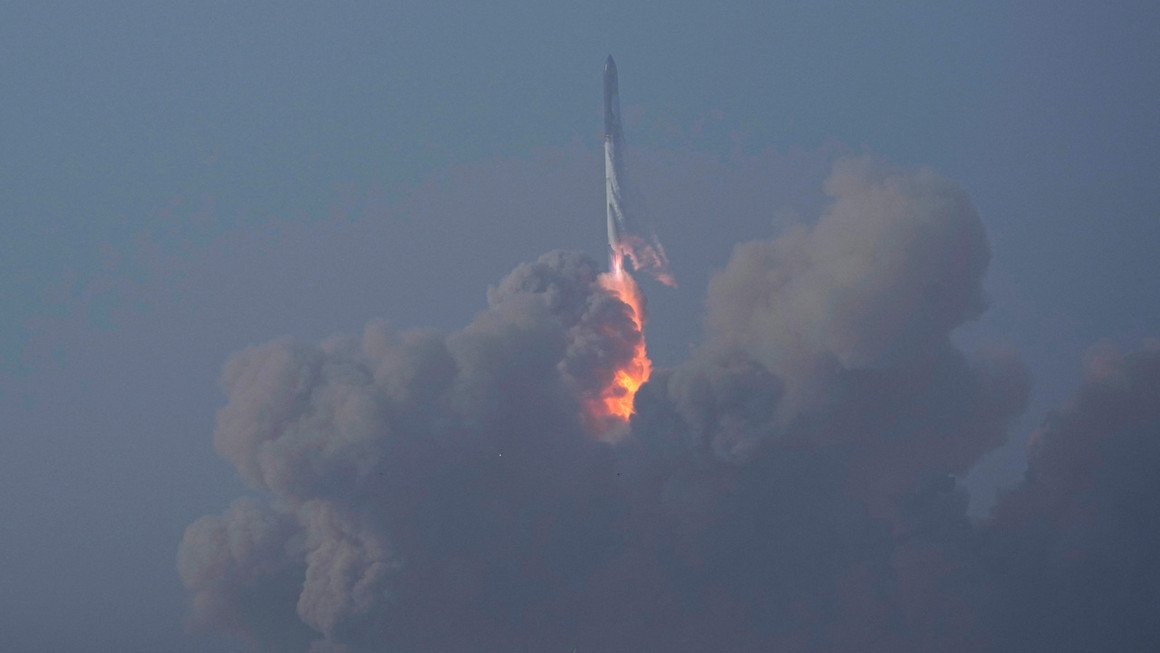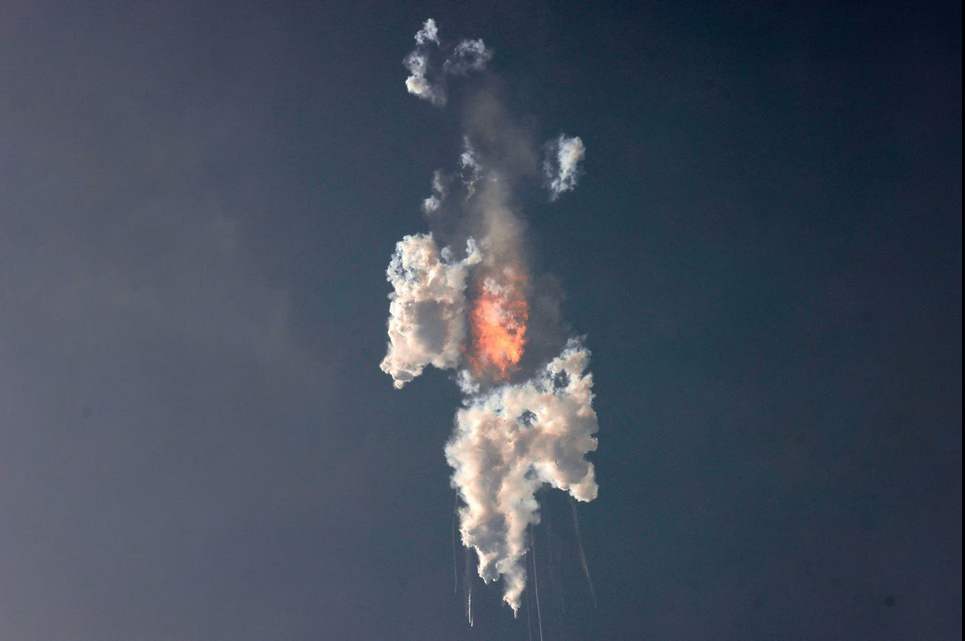The spectacular explosion of SpaceX's new Starship rocket minutes after it lifted off from the launch pad in a first test flight, illustrates the “successful failure” that serves Elon Musk's company well.

Rather than seeing the fiery disintegration of Musk's colossal, next-generation Starship system as a failure, experts said the dramatic loss of the launch vehicle will help accelerate the vehicle's development.
Images of the Starship plummeting out of control some 20 miles into the sky while attached to the Super Heavy rocket launcher, before the combined vehicle was blasted into the air, dominated media coverage of the long-awaited launch.
SpaceX admitted that several of the Super Heavy's 33 powerful Raport engines malfunctioned during liftoff, so the booster and Starship failed to separate as planned before the ill-fated flight ended.
But SpaceX executives, including Musk, hailed the test flight as achieving the primary goal of getting the vehicle off the ground while providing a wealth of data that will advance Starship development.
Practice makes perfect
At least two experts in themeτα αεροδιαστημικής μηχανικής και πλανητικής sciences agreed that the test flight yielded benefits.
According to Garrett Reisman, a professor of astronautical engineering at the University of Southern California, a former NASA astronaut and also a senior advisor to SpaceX: “This is a classic successful failure of SpaceX”!
Reisman characterized the Starship test flight as SpaceX's business logic that differentiates Musk's company from traditional aerospace companies and even NASA.

"Although the rocket costs a lot money, what costs the most is people's wages," Reisman said.
And he added that SpaceX saves more money in the long run and takes less time to identify and fix engineering flaws by taking more risks during the development process, rather than keeping "a big team who works for years and years and years trying to make it perfect before he even tries it."
Scientist Tanya Harrison, a fellow at the University of British Columbia's Space Institute, said taking off and climbing to a critical point, known as maximum aerodynamic pressure, were significant feats in the first flight of such a large and complex launch system.
"It's part of the testing process," she said in an interview. “There are a lot of accidents that happen when you try to design a new rocket. The fact that it launched made a lot of people really happy."





